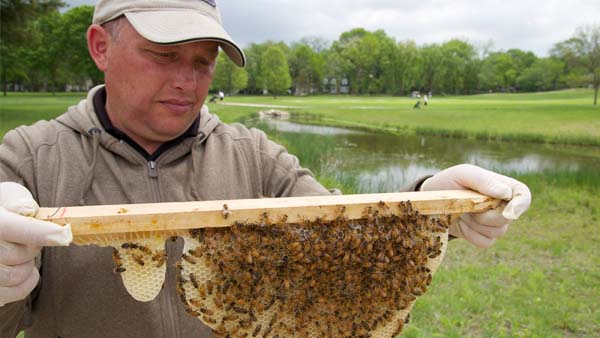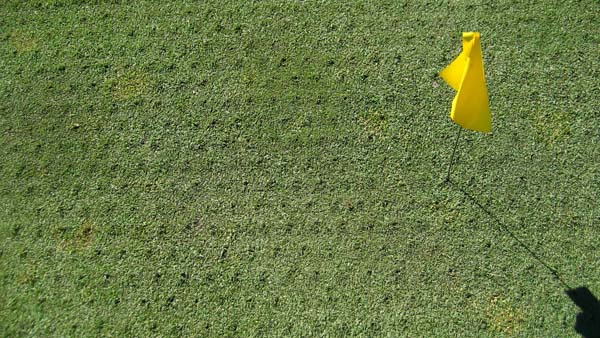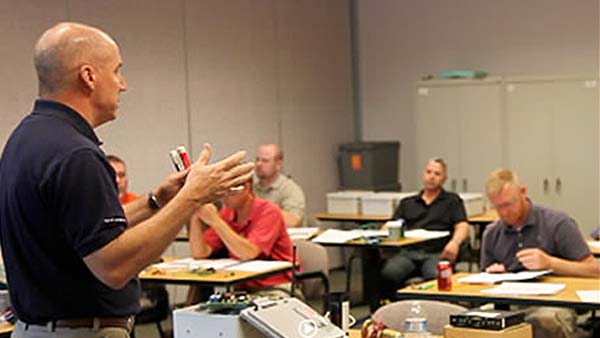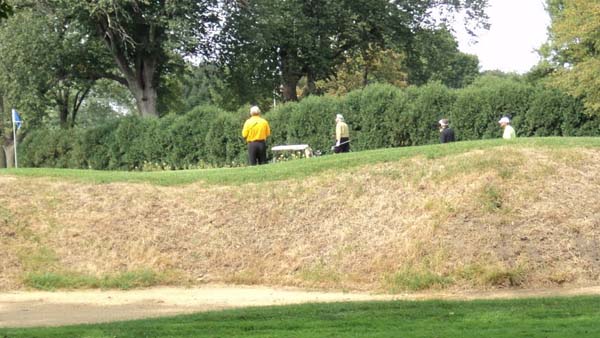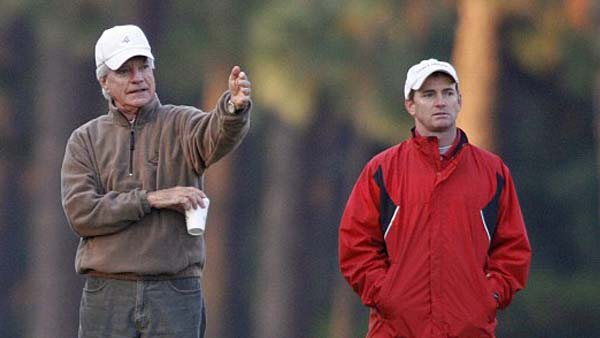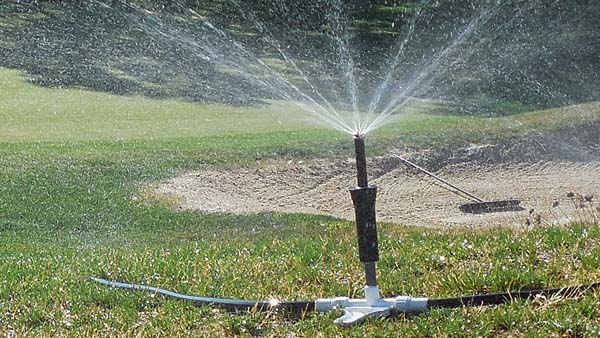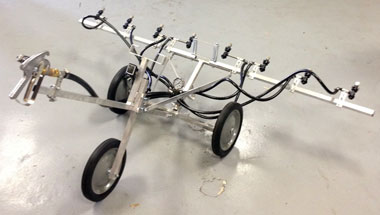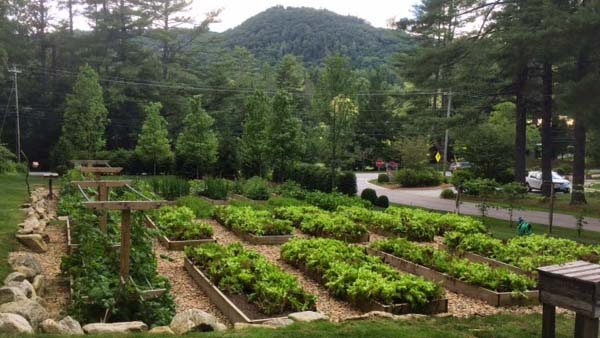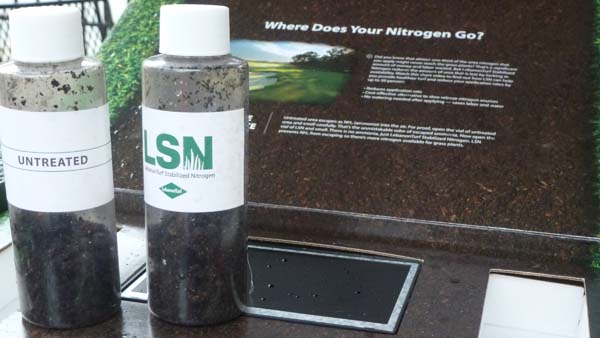

The Irrigation Association has partnered with the California Polytechnic State University Irrigation Training and Research Center to offer a series of online courses. Each new course qualifies for continuing education units. Topics include: Basic Soil-Plant-Water Relationships (2 CEUs); Distribution Uniformity & Precipitation Rate (1.5 CEUs); Evapotranspiration (1 CEU); Irrigation System Components (3 CEUs); Landscape Irrigation Auditor (4 CEUs); Scheduling for Auditors (2 CEUs); Landscape Sprinkler Design (8 CEUs); Scheduling for Sprinkler Design (1.5 CEUs) Each course includes interactive videos, reading materials and online quizzes. Users complete courses at their own pace and receive credit after completing each track's online exam. The North Carolina Irrigation Contractors' Licensing Board and the New Jersey Landscape Irrigation Contractor Examining Board have approved these courses, allowing licensed individuals in these states to earn CEUs or CECs. Visit store.irrigation.org for course descriptions, pricing and to register. It's early order time
Syngenta
Syngenta recently implemented its new GreenTrust 365 Rebate Calculators designed to make participating in the company's early order program easier than ever. The 2015 Syngenta GreenTrust 365 rebate program provides customers with rebates through 2015 of up to 10 percent off qualifying purchases (minimum $5,000) made during the 2014 early order period that runs Oct. 1-Dec. 8. The new tool automatically configures order quantities and allows users to create multiple GreenTrust 365 worksheets, which are saved for future reference. The program offers savings on pallet and multipak orders, SummerPay extended terms, GreenTrust rewards points that can be redeemed for gift card options through Syngenta's online catalog, or for GCSAA credits. FMC
Turf managers can buy FMC turf and ornamental products now and defer payment until late spring through the company's early order program. Running through Dec. 12, FMC's early order program allows customers to secure current pricing but delay payment on products such as Triple Crown, Solitaire and Echelon until June 10. The program applies to these FMC products: Dismiss, Dismiss South, Dismiss CA, Blindside, QuickSilver, Echelon, Solitaire, Xonerate and SquareOne herbicides; Triple Crown, Onyx, OnyxPro, Aria and Talstar insecticides; and Disarm fungicides. The EOP also allows customers to build their own flexible and customizable rebate programs. Nufarm
Superintendents can earn rewards through the Nufarm Americas early order program. And the sooner they act, the more rewards they can earn. Qualifying orders on products from Nufarm, Cleary Chemical and Valent USA made through Nufarm distributors through Oct. 31 are eligible for the largest rewards of the season, although superintendents can continue to earn valuable distributor credits through the completion of the program on Dec. 12. Online registration is required to receive rewards. Macro-Sorb names new VP
Macro-Sorb Technologies recently named Michael Kubinec as vice president. He also will serve in the same capacity for Macro-Sorb's sister company, SMS Additive Solutions. Macro-Sorb is a provider of amino acid-based products, while SMS Additive Solutions offers a line up of surfactants, spray adjuvants and tank mix additives. With more than 15 years of industry experience, Kubinec will be responsible for all operational activities for both companies, including sales, distribution, marketing, research and new product development. He is based in Pittsburgh.
- Read more...
- 3,330 views


